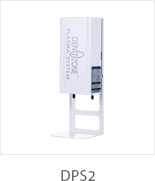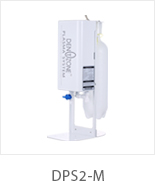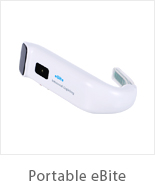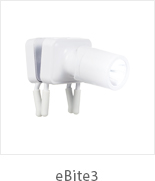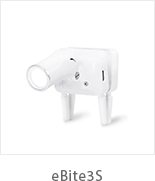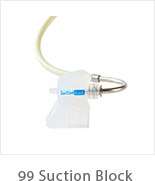| Title | Title: Understanding Transmission: What It Is and How It Works |
|
2. Improved performance: Unevenly-worn tires can affect the handling and performance of your vehicle. By rotating your tires, you can maintain optimal traction and handling in various driving conditions. The engine oil light in a vehicle serves as a warning indicator that there may be an issue with the oil levels or oil pressure in the engine. If the Engine Immobilizer System oil light comes on while driving, it is essential to address the issue promptly to prevent potential damage to the engine. In conjunction with the Haldex fluid, the Haldex filter plays a crucial role in preventing contaminants from entering the system and causing damage. The filter is designed to trap debris and particles that could otherwise compromise the integrity of the fluid and system components. Regular replacement of the Haldex filter is essential to maintain peak performance and prolong the lifespan of the AWD system. Conclusion: The transmission is a vital part of any vehicle, allowing power to be transferred from the engine to the wheels efficiently. Understanding how a transmission works and being aware of common issues can help you maintain your vehicle and address any problems that may arise. By taking care of your transmission, you can ensure a smooth and reliable driving experience for years to come. 1. Fuel Tank: The fuel tank is where the vehicle stores the gasoline or diesel needed to power the engine. It is typically located at the rear of the vehicle, under the trunk or cargo area. The fuel tank is equipped with a fuel pump, which draws fuel from the tank and delivers it to the engine. Introduction: The fuel system is an essential component of any vehicle, responsible for delivering the right amount of fuel to the engine for combustion, thus powering the vehicle. Understanding how the fuel system works can help you maintain your vehicle's performance and efficiency. In this guide, we will take a closer look at the different parts of the fuel system and their functions. 3. Faulty Oil Pressure Sensor: Sometimes, the engine oil light may come on due to a malfunctioning oil pressure sensor. In this case, the sensor may need to be replaced to ensure accurate readings and timely warnings if oil pressure drops. The differential is located between the two wheels on an axle and is connected to both wheels via gears. When the vehicle turns, the inside wheel travels a shorter distance than the outside wheel. The gears inside the differential adjust to allow for the speed difference between the two wheels, ensuring smooth and stable handling. In conclusion, Haldex fluid and filters are key components in maintaining the optimal performance and longevity of Haldex AWD systems. Regular maintenance and proper care of these components are essential to ensure smooth operation and reliability in a variety of driving conditions. By following manufacturer recommendations and using genuine Haldex products, drivers can enjoy the benefits of enhanced traction and control provided by their AWD system. Haldex fluid, also known as Haldex oil, is a high-performance hydraulic fluid specifically formulated to meet the demanding requirements of the Haldex AWD system. This fluid is responsible for lubricating the components within the Haldex coupling, which engages and disengages the rear axle as needed to provide AWD capabilities. Additionally, Haldex fluid helps to dissipate heat generated during operation and prevents wear and corrosion within the system. Common Transmission Problems: Like any mechanical component, transmissions can develop issues over time. Some common transmission problems include slipping gears, rough shifting, leaks, and strange noises. Regular maintenance, including checking fluid levels and changing the transmission fluid, can help prevent these problems and ensure smooth operation. Regular maintenance of the Haldex fluid is essential to ensure the proper functioning of the AWD system. Over time, the fluid can break down due to heat and contamination, leading to decreased performance and potential damage to system components. It is recommended to follow the manufacturer's guidelines for fluid change intervals to maintain optimal performance. In conclusion, the fuel system plays a critical role in powering your vehicle and ensuring optimal performance. By understanding the different components of the fuel system and following a proper maintenance routine, you can keep your vehicle running smoothly and efficiently for years to come. Proper maintenance of the differential is essential for the overall health and performance of a vehicle. Regularly checking and changing the differential fluid is crucial to prevent damage to the gears and bearings inside the differential. Additionally, if you notice any unusual noises or vibrations coming from the differential, it is important to have it inspected by a qualified mechanic. 6. Fuel Pressure Regulator: The fuel pressure regulator controls the fuel pressure in the fuel system to ensure the right amount of fuel is delivered to the engine at all times. It helps maintain the engine's performance and efficiency by preventing the fuel system from becoming too pressurized or lacking fuel pressure. |
|
